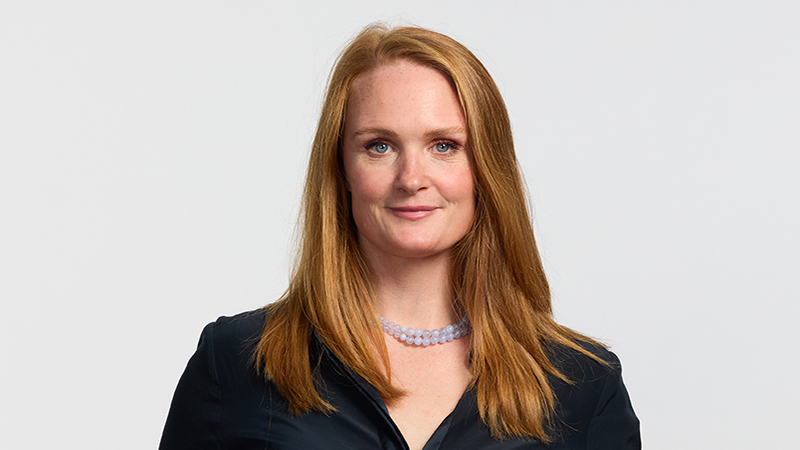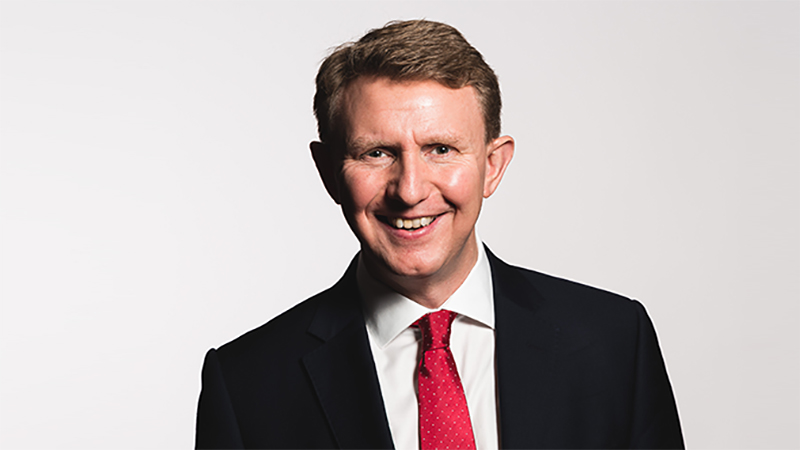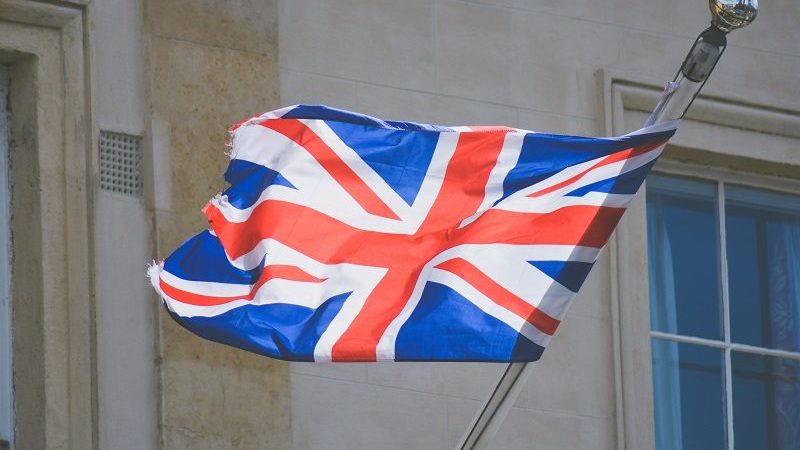The start of the coronavirus outbreak has seen UK GDP record its joint largest quarterly fall since 1979 with a revised figure that comes in marginally worse than anticipated last month.
Revised figures from the Office for National Statistics revealed GDP contracted 2.2% between January and March. This followed the preliminary figures published last month which put the figure at 2%.
The revised estimate, which uses additional data to provide a more precise indication of economic growth than the first, represents the largest quarterly fall in UK GDP since Q3 1979 when it also fell by 2.2%.
In the same quarter last year, GDP decreased by 1.7%.
The ONS said the data captures the first direct effects of the coronavirus pandemic, and the lockdown put in place to limit its spread.
The services, production and construction sectors provided a negative contribution to growth during the quarter, with services output falling by a record 2.3%.
Household consumption declined by 2.9% in the quarter, revised downwards by 1.2 percentage points from the first quarterly estimate. This represents the largest decline in household consumption since Q3 1979.
‘Just as bad as feared’
Invesco head of multi-asset David Millar said: “Final Q1 GDP number just as bad as feared and with later release from lockdowns around the UK than Europe and the US, the chances of as strong a bounceback as them is far reduced.
“All eyes are now on the prime minister and chancellor and their plans for a post-Covid economic boost – fiscal conservatism is being put on the back-burner for now.”
Will take economy until 2022 to regain pre-crisis level
Capital Economics UK economist Thomas Pugh noted Q2’s figure is guaranteed to be even worse, given the 20.4% month-on-month fall in GDP in April.
“Admittedly, the surveys suggest that output recovered more quickly than we had previously expected in May and June and that the risks to our Q2 GDP forecast of a 23% fall are firmly weighted to the upside. But the recovery underway may well peter out in the second half of the year as the furlough scheme ends and unemployment starts to rise again.
“That’s why we think it will take the economy until 2022 before it regains its pre-crisis level.”











